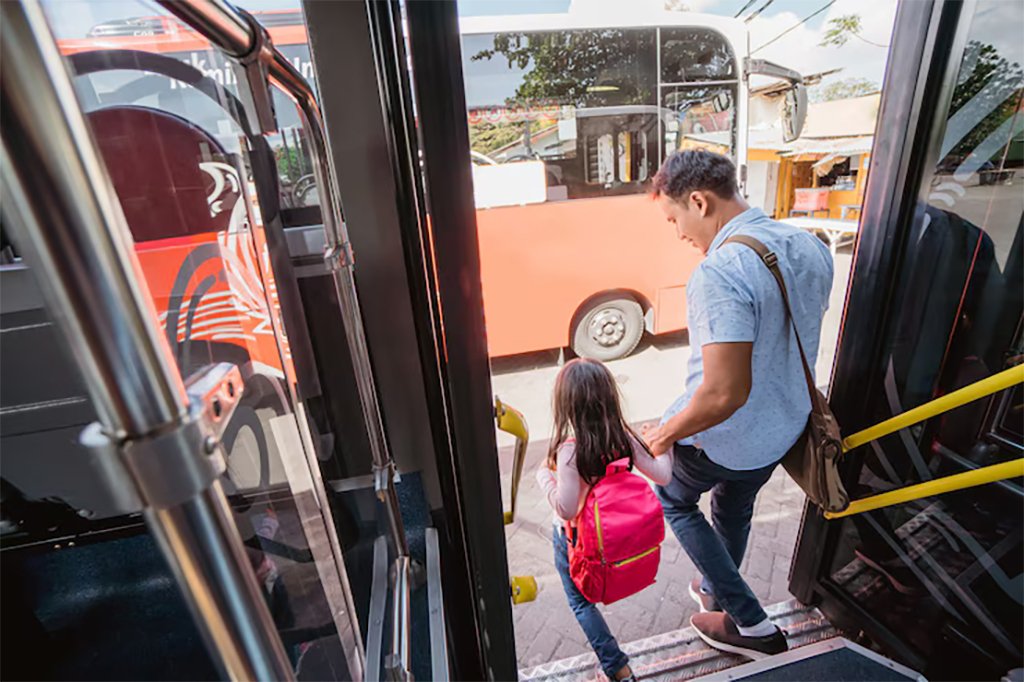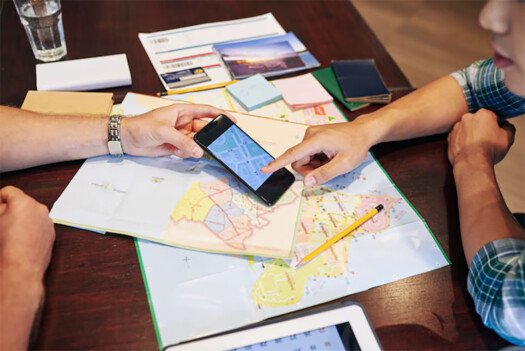Bali, the enchanting island of the gods, continues to be one of the most popular travel destinations in the world. With its serene beaches, vibrant culture, lush jungles, and spiritual energy, it draws millions of visitors every year. However, as the tourist numbers rise, so do transportation challenges. In 2025, navigating Bali safely requires more than just a map and a scooter rental — it requires awareness, preparation, and respect for local customs and regulations.
In this guide, we’ll walk you through five essential transport safety tips every tourist should know in 2025. Whether you plan to rent a scooter, hail a ride, or hop on a local bus, this article is your go-to companion for safe and smooth travels across Bali.
🛵 1. Know Before You Go: The Realities of Driving in Bali
Driving in Bali might look like a dream — winding coastal roads, scenic rice fields, and the thrill of the open air. But the truth is more complex. The roads can be narrow, traffic unpredictable, and signage minimal outside major towns.
What You Should Know:
- Traffic Flow: Indonesia drives on the left side of the road. This can be disorienting if you’re from a country where people drive on the right.
- Road Conditions: Not all roads are well-maintained. Potholes, loose gravel, and sudden turns are common.
- Weather Impact: During the rainy season (November–March), roads can flood quickly, making driving treacherous.
Tip:
✅ Only drive yourself if you have experience driving scooters or motorbikes in chaotic traffic and in tropical countries.
💡 Insider insight: Many tourists underestimate the difficulty of driving in Bali, leading to accidents, injuries, and even fatalities.
🧑✈️ 2. Always Carry an International Driving Permit (IDP)
It’s not enough to flash your home country license. To legally operate a vehicle in Bali, you must carry an International Driving Permit (IDP) along with your regular driver’s license.
Why It Matters:
- Without an IDP, your insurance won’t cover you in case of an accident.
- Police checkpoints are common, and driving without an IDP may result in fines or your vehicle being impounded.
- In 2025, enforcement has tightened, especially in tourist hotspots like Canggu, Seminyak, and Ubud.
Tip:
✅ Apply for your IDP in your home country before traveling. It’s usually a simple and affordable process.
📌 Fun fact: Many scooter rental companies won’t ask for your IDP — but that doesn’t make it legal. You’re responsible for complying with the law.
🚨 3. Prioritize Safety Gear — Especially Helmets
If you think skipping the helmet for a cute Instagram shot is worth it, think again. Bali’s hospitals frequently treat tourists with serious head injuries from scooter accidents — and the vast majority of them weren’t wearing helmets.
Safety Tips:
- Always wear a helmet, even on short trips.
- Check the helmet’s condition — look for a snug fit, uncracked shell, and working straps.
- Wear proper shoes and clothes. Flip-flops and tank tops offer zero protection during a fall.
2025 Update:
The Bali government has increased fines for helmetless riders, with special patrols in Kuta, Sanur, and Uluwatu. There are also public awareness campaigns aimed at tourists.
Tip:
✅ Don’t sacrifice your safety for fashion. Helmets save lives — and avoid expensive hospital stays.
🏥 Did you know? Emergency medical evacuation from Bali to your home country can cost $50,000+ without insurance.
🚕 4. Understand the Transport Options and Ride-Hailing Rules
Transport in Bali isn’t one-size-fits-all. In 2025, travelers have more options than ever, but they also face regulatory gray zones and local tensions, especially between traditional taxi drivers and ride-hailing apps like Grab and Gojek.
Public vs. Private Transport:
- Gojek/Grab: Affordable and widely used, but some areas (especially Ubud, Canggu, and the airport) have local bans or restrictions.
- Blue Bird Taxis: Reputable and metered, but always confirm that the meter is on.
- Private Drivers: A popular and reliable option, especially for day trips.
- Public Bemos (minibuses): Rarely used by tourists; confusing routes and inconsistent schedules.
2025 Tips:
- Use official taxi stands at the airport and malls.
- For app rides, walk 100–200 meters away from no-pickup zones to avoid conflicts.
- Always agree on price upfront if taking a non-metered taxi.
Tip:
✅ Install both Grab and Gojek on your phone before arriving. Keep small bills handy for cash rides.
⚠️ Warning: Never argue with local drivers over ride apps. Some areas are “protected zones” controlled by local transport groups.
🛑 5. Don’t Drink and Drive — Ever
This should go without saying, but it remains a leading cause of tourist accidents in Bali. Nightlife in Bali is vibrant — from beach clubs in Seminyak to reggae bars in Uluwatu — but getting home safely should be part of the plan.
Why It’s Crucial:
- Bali police conduct random breathalyzer tests, especially on weekends and holidays.
- Alcohol affects your balance — essential when riding scooters.
- The legal blood alcohol content (BAC) limit in Indonesia is 0.0% for drivers.
Alternatives:
- Use ride-hailing apps or book a driver for the night.
- Walk if your accommodation is nearby.
- Choose hotels that offer shuttle service to popular nightlife areas.
Tip:
✅ Plan your transport before the first drink. Don’t leave safety up to future-you.
🍹 Reminder: Local spirits like arak can be much stronger than expected — and sometimes dangerously homemade.
📱 Bonus Tip: Use Smart Tools for Safe Travel
Bali in 2025 is not just beautiful — it’s digitally connected. Tourists can access many tools and apps to enhance safety and convenience.
Recommended Apps:
- Google Maps / Waze – Real-time traffic updates.
- MyPertamina – Fuel station locator.
- BPBD Bali – Official updates on floods, landslides, or other hazards.
- TravelSafe Bali – Government-endorsed safety app with emergency contacts.
Digital Essentials:
- Local SIM card or eSIM with internet access.
- Google Translate for communicating with locals in Bahasa Indonesia.
- Offline maps for rural areas.
Tip:
✅ Set up emergency contacts and location sharing with friends or family while exploring the island.
📶 Note: Some remote areas like Amed, Sidemen, or parts of West Bali may have limited mobile coverage.
✈️ Final Thoughts: Respect the Island, Stay Safe
Bali’s magic lies in its delicate balance — between tradition and modernity, chaos and calm, adventure and peace. As a tourist, your behavior affects the island and the people who call it home. Responsible transportation choices are more than personal safety — they’re a sign of respect for Bali’s culture, environment, and community.
Remember:
- Don’t drive unless you’re confident and legal.
- Always wear safety gear.
- Respect local transport rules and customs.
- Use tech and common sense to stay safe.
- Never drive under the influence.
By following these five transport safety tips, you’ll enjoy not just a fun holiday but also a safe, meaningful, and responsible one. In 2025, be the kind of traveler who leaves only footprints — not broken traffic rules or regrets.









